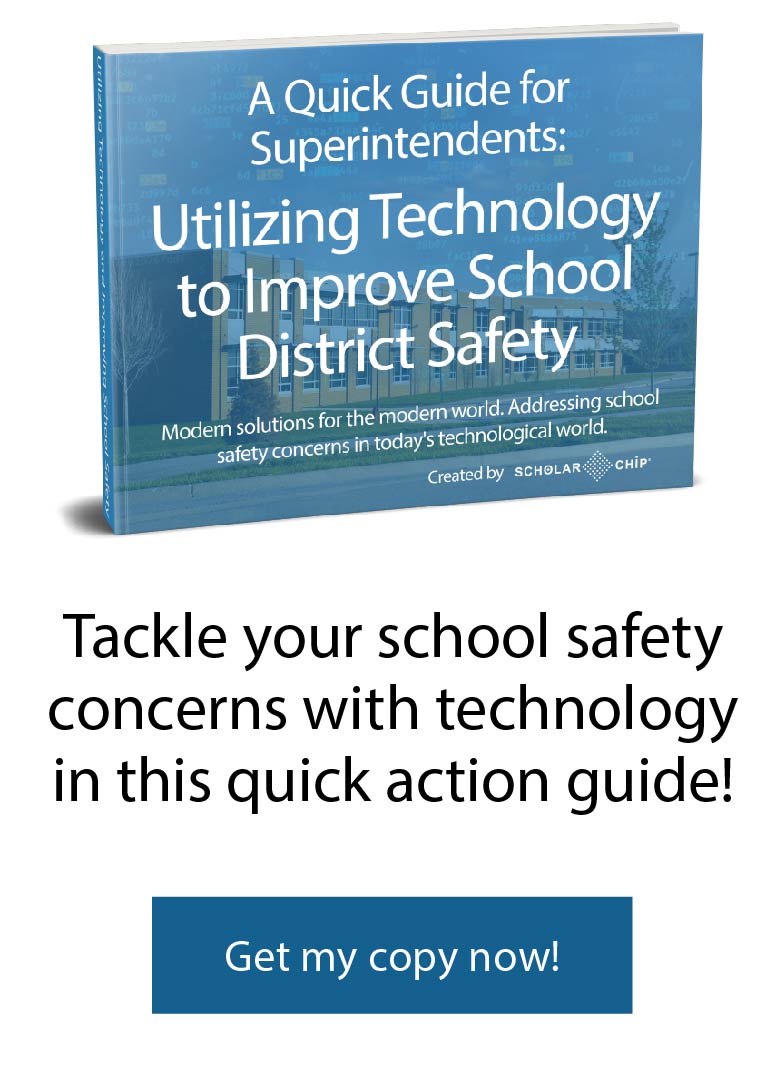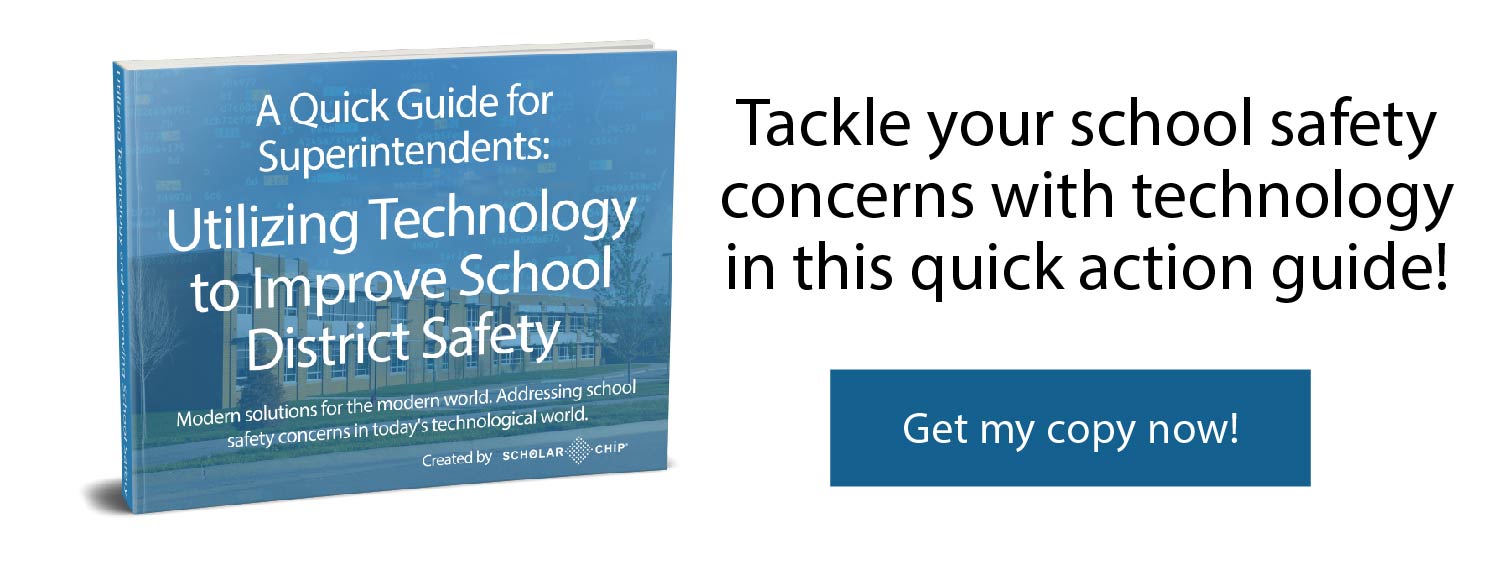One of the benefits of a Student Information System (SIS) is that it helps districts collect and deploy many forms of data. However, not all SISs are created equal, and some, unfortunately, may become more trouble than they are worth. To eliminate the hassle, the SIS your school district chooses should be robust and be able to collect data while integrating seamlessly into your existing system.
According to Steenkamp and Basal (2010) in their article, “Building an Integrated Student Information System in a K-12 School System,” one of the biggest challenges school districts face is creating a cohesive IT system that allows the student information system and other data collection applications to function cohesively together. Further, these systems shouldn’t collect repetitive data or require a lot of maintenance. Instead, the goal of any school district should be to have a single, well-connected SIS data ecosystem to house all the necessary information to progress efficiently.
Here, we’ll talk about the questions you should ask your vendor when you select a SIS. We’ll also discuss the limitations of a SIS, and the reasons you’ll likely want to integrate your SIS.
Why do we need a SIS anyway?
Chronic absenteeism is one of the likeliest reasons that a student may not complete school or complete school with weaker results. In surprisingly low grades – specifically, the sixth grade – chronic absenteeism is one of the most significant predictors of failing to graduate from high school. This is a common problem, as 14 percent of students across the country were chronically absent in the 2013-2014 school year.
A SIS is necessary on many levels of school operations because it simplifies data collection. In our era of constant data collection, the accuracy of the collected data is essential. Schools need consistent data to stage immediate interventions for truant students; districts need to develop solutions to repeated problems; and states require accuracy to fund appropriately.
In the past, teachers, staff, and administrators had to track attendance information, grades, behavioral interventions, and other data manually. This method was cumbersome and time-consuming. If you select a SIS that is streamlined, it will allow for data tracking that integrates seamlessly into other network and processes.
Problems with a SIS
Though SISs can solve many problems, poorly-integrated systems can create more issues than they solve. Some of the common issues with SIS are as follows:
- They’re not always easy to use. To make a SIS useful, districts need a buy-in from all users. This means that teachers, administrative staff, office managers, and staff must all be willing to utilize this technology.
- They’re not always scalable. As districts grow, some SISs don’t allow for change or growth. A SIS is not useful if it can’t adapt to shifting school sizes.
- They’re not always exportable. For SIS to be entirely useful, they must have the capability of converting information into metrics that can be used at the school, district, and state levels. Some SISs don’t allow for data to be exported, making their data reporting functionality unusable.
- They’re not always integratable with other systems. Perhaps the biggest challenge with a SIS is its integration with other information systems. Some SISs may operate without connecting. This may result in redundant data entry or inaccurate data collection.
Selecting a SIS
To ensure that problems like these described don’t arise, districts should consider many factors when selecting a SIS. Here are some questions to answer:
- Is the SIS easy to use for everyone? Users want to simplify their data collection just as much as districts want to collect accurate data. Thus, it’s essential to choose a SIS that all users can operate efficiently.
- Does the SIS integrate well with other systems? Legacy SIS systems often had difficulties connecting with other processes. Whatever SIS you choose needs to work effectively with the other systems you already have in place.
- Does the SIS allow for real-time interventions for truant students? A SIS worth its salt should be able to send out automatic calls to parents and guardians about absent students. If it can’t complete this function, it isn’t a beneficial system.
- Can it collect accurate, reportable data? Human error should never stand in the way of your accurate data reporting. SIS should automate attendance and other data collection processes so that teachers and staff aren’t always called on to interrupt their plans to take roll.
- Does the SIS come with training and support? Even if a SIS is simple to use, end users still need to know how to operate for districts to deploy the system to its greatest potential. Your SIS vendor should be willing to train, as well as providing support if problems arise.
- Does the SIS allow districts to customize their products? Different districts and schools within those districts have unique needs. A quality SIS will allow for customization and differentiation based on the school’s needs.
- Does the SIS collect unique data? It is a waste of resources and time to collect the same or overlapping data on multiple SIS. Make sure your SIS has an all-in-one approach that can capitalize on unique.
Select a SIS that allows for seamless integration with applications
In choosing a SIS, all systems should function seamlessly with one another. This is one of the key benefits of ScholarChip’s School Automation systems; they allow for easy integration with a SIS.
Specifically, ScholarChip works in connection with PowerSchool’s SSO (single sign-on) to simplify door access, behavior tracking, attendance tracking, cafeteria sales, and other necessary information for schools to progress. This data is then stored in the cloud, where it can be accessed regularly by an official. This platform is also automated, so in school-devices can instantly communicate with the cloud platform.
Take for example Automated Attendance. With unique student smart ID cards and attendance readers throughout the school, attendance recording is more accurate. This data is then stored in a centralized data center for seamless reporting and recording across other systems and agencies.
Like ScholarChip’s simple integration with a SIS, whatever system or systems you choose should interact with the systems you already have in place as well as future systems. With an interconnected network of a SIS and data collection, operations can truly be streamlined.
ScholarChip is an all-in-one, platform solution to help reduce school threats and address the important issues surrounding school safety. Data from students, faculty, and stakeholder are leveraged to manage school access, attendance, and behavior management through the platform tools to increase safety and promote the campus climate schools are looking for.
To learn more about your next steps on how to select a SIS and how you can utilize ScholarChip’s all-in-one service, schedule a 1-on-1 walkthrough with one of our specialists today!


